Address
304 North Cardinal
St. Dorchester Center, MA 02124
Work Hours
Monday to Friday: 7AM - 7PM
Weekend: 10AM - 5PM
Address
304 North Cardinal
St. Dorchester Center, MA 02124
Work Hours
Monday to Friday: 7AM - 7PM
Weekend: 10AM - 5PM
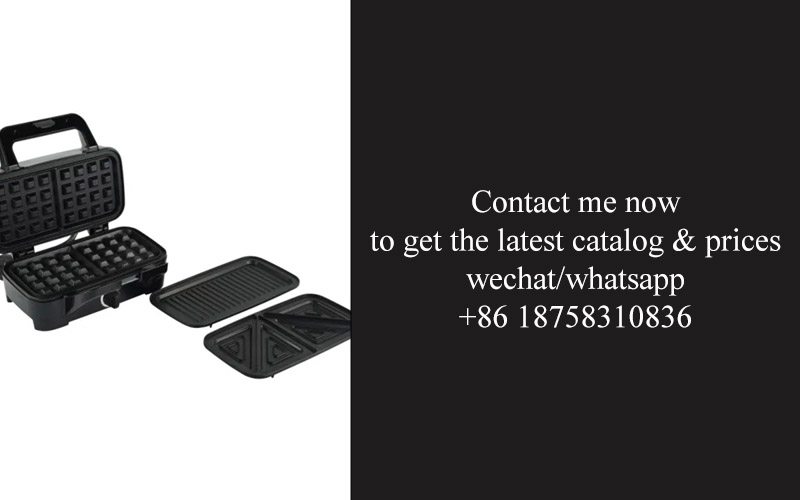
In this article, we delve into the fascinating world of must machines, exploring their functionality, practical applications, and the factors to consider when selecting the perfect one for your needs.
In our fast-paced world, the must machine has become an indispensable tool for efficiency and convenience. From the kitchen to the office, its presence often goes unnoticed but is deeply felt in the ease of our daily tasks.
The must machine simplifies processes that once required significant time and effort. Whether it’s brewing coffee, making smoothies, or even grinding spices, this marvel of modern technology has transformed the way we approach routine activities.
Whether you’re a busy professional or a homemaker, the must machine saves precious minutes that can be allocated to other important aspects of life. It’s a silent hero that ensures our mornings start with a fresh cup of coffee or our evenings end with a relaxing glass of homemade juice.
The must machine isn’t just about convenience; it’s also about health. With the ability to process fresh ingredients, it allows us to enjoy homemade meals and beverages, free from the preservatives and additives found in store-bought versions.
In households with children, the must machine can be a game-changer. It can help parents introduce their kids to a variety of textures and flavors through homemade baby food or smoothies, making mealtime a more enjoyable experience for everyone.
The must machine’s versatility is another reason for its importance. It can cater to a wide range of needs, from blending soups and sauces to creating batter for pancakes. Its adaptability means it can be a staple in any kitchen, no matter the cuisine.

The must machine operates with a straightforward mechanism. At its core, it features a motor that drives a blade or blades at high speeds. When ingredients are poured into the container, the spinning blades chop, blend, or grind them into the desired consistency.
The container itself is typically made of durable materials like stainless steel or BPA-free plastic, designed to withstand the forces of blending and to keep the contents secure during operation.
Once the ingredients are inside, the lid is sealed, and the machine is powered on. The motor then activates, and the blades start to rotate rapidly, cutting through the mixture. The design of the blades and the shape of the container work together to create a vortex that draws the ingredients down towards the blades.
The must machine’s speed settings allow for a range of textures, from smooth purees to chunky blends. The motor’s power and the speed at which the blades turn are carefully engineered to achieve the optimal blend for different types of foods and drinks.
Safety features are a crucial aspect of the must machine’s design. These include a locking lid to prevent accidental operation and a thermal protection system that shuts off the motor if the machine overheats, preventing damage and potential fires.
The simplicity of the must machine’s operation is one of its greatest strengths. With a few simple steps—fill, lock, blend, and serve—the machine can transform ingredients into a variety of delicious and healthy dishes in mere moments.

The must machine is a marvel of modern kitchen technology, composed of several key components that work in harmony to perform its tasks. At the heart of the machine is the motor, a powerful and efficient engine that drives the entire blending process.
The blades are another essential part, often crafted from high-quality stainless steel for durability and sharpness. They are the ones responsible for chopping, blending, and grinding the ingredients to the desired texture.
The container is designed to be both sturdy and safe for food contact. Made from materials like BPA-free plastic or glass, it holds the ingredients during blending and is often equipped with a secure lid to prevent spills and accidents.
The lid also plays a crucial role in the machine’s operation, as it locks into place to ensure the blades can’t be accessed during use. It also usually features a vent to release steam and prevent pressure buildup.
Controls are simple and user-friendly, typically including a power button and speed settings. These allow the user to start the machine, adjust the blending speed, and stop the process as needed.
In some models, there may be additional features such as a pulse function, a reverse blending option, or a compounding blade for emulsifying ingredients. These extra components enhance the machine’s versatility and performance.
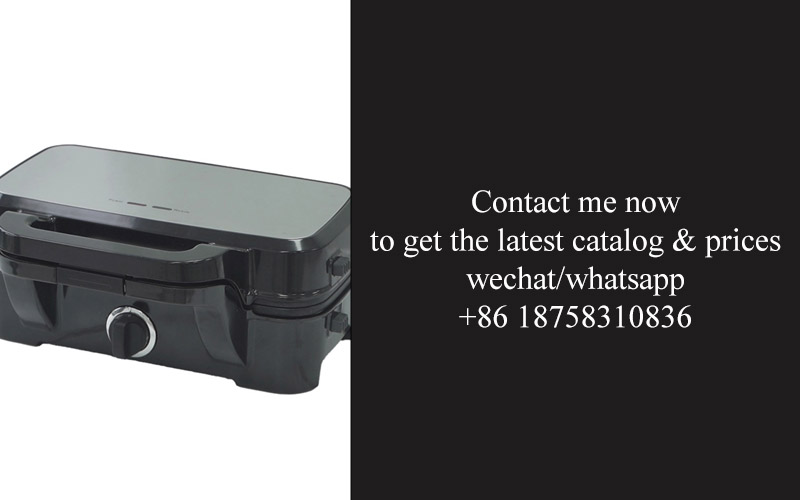
The must machine operates on the principle of centrifugal force. As the blades spin at high speeds, they create a powerful vortex that pulls ingredients towards the center of the container, ensuring thorough blending.
Friction is another key factor at play. The blades come into contact with the ingredients, generating heat and friction that helps to break down the food particles into a smoother consistency.
The design of the blades and the shape of the container contribute to the efficiency of the blending process. The blades are often shaped to create a sharp edge that easily cuts through ingredients, while the container’s shape helps to guide the ingredients towards the blades for optimal blending.
The motor’s power and the speed at which the blades rotate are carefully calculated to ensure that the must machine can handle a variety of ingredients and textures without overheating or damaging the blades.
Safety features, such as thermal protection systems, are rooted in scientific principles to prevent the machine from overheating, which could lead to a fire or damage the internal components.
The must machine’s ability to blend ingredients without the need for additional heat sources is a testament to the science behind it. It harnesses the power of mechanical force to achieve the same results as cooking with heat, but in a more energy-efficient and time-saving manner.
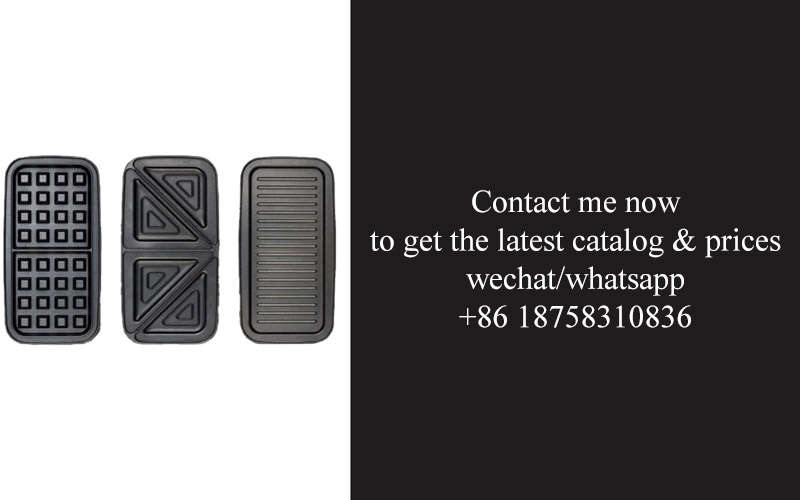
The must machine is a versatile tool that can enhance a variety of culinary tasks. It’s perfect for making smoothies, blending soups, and creating dressings and sauces with ease.
In the kitchen, the must machine is a game-changer for bakers. It can mix dough for bread or cake batter more efficiently than by hand, ensuring a consistent texture every time.
For health-conscious consumers, the must machine is ideal for preparing fresh, homemade baby food. It allows for the pureeing of fruits, vegetables, and meats to the right consistency for little ones.
The machine is also fantastic for creating emulsions, like mayonnaise or aioli, by combining ingredients like eggs and oil in a controlled manner that prevents separation.
It’s not just for food, either. The must machine can be used to mix up cleaning solutions or beauty products at home, providing a customized and often more effective alternative to store-bought options.
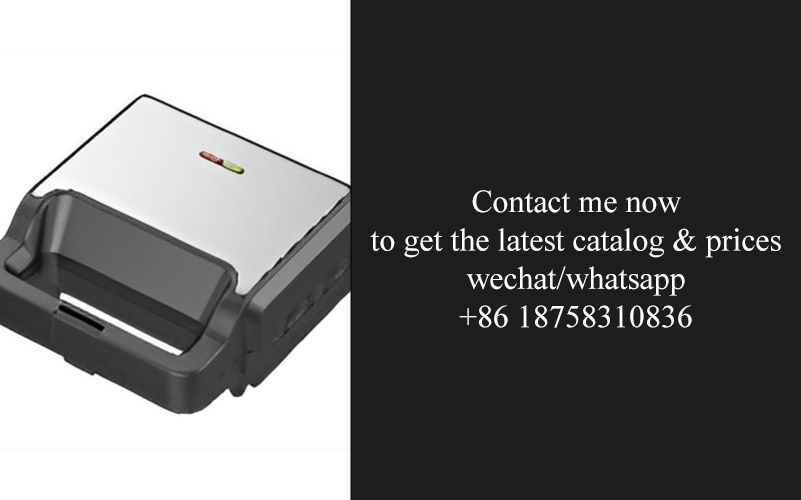
Regularly rinse the must machine after use to prevent food particles from drying and sticking to the blades and container.
Unplug the machine when not in use, and make sure the blades are dry before storing it to prevent rust and corrosion.
Clean the blades with warm, soapy water, and for more stubborn residue, use a non-abrasive brush or sponge. Avoid using harsh chemicals that can damage the blades or the machine’s surfaces.
Keep the exterior clean by wiping it down with a soft cloth. Avoid using abrasive cleaners or harsh chemicals on the outer casing.
When cleaning the container, avoid using abrasive materials that could scratch the surface. Use a gentle brush or sponge to remove any residue.
For a thorough clean, soak the blades and container in a solution of vinegar and water to help dissolve any hard-to-remove food particles.
Always store the must machine in a dry place. Moisture can lead to mold growth and damage to the electrical components.
Regularly inspect the seals and gaskets for any signs of wear and tear. If they’re damaged, replace them to maintain a tight seal and prevent leaks.
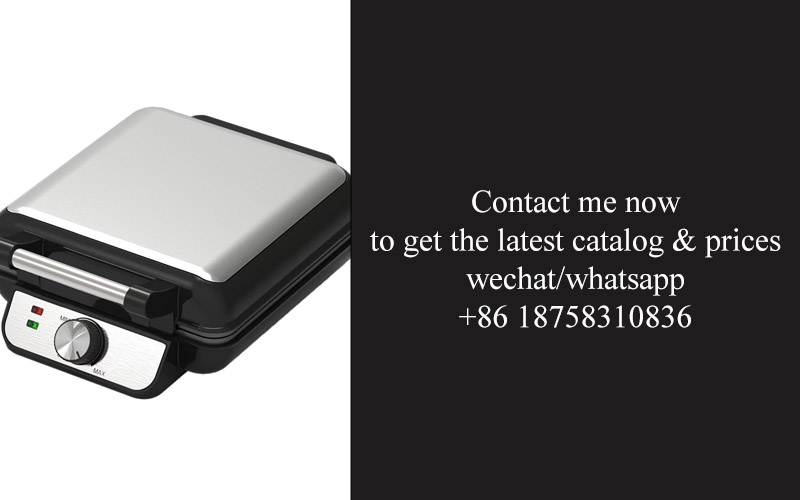
Innovation is pushing the must machine towards more advanced features, like touch-sensitive controls and customizable settings for personalized blending experiences.
Energy efficiency is becoming a priority, with new models expected to consume less power while still maintaining their high-performance capabilities.
Smart technology integration is on the horizon, with some machines anticipated to connect to smartphones for remote control and personalized recipe suggestions.
Sustainability is shaping the future of must machine technology, with eco-friendly materials and designs that are easier to recycle or compost at the end of their life cycle.
Artificial intelligence could play a role, with machines learning from user habits to optimize blending times and settings for efficiency and taste preferences.
The rise of subscription-based services might lead to must machines that receive regular software updates, ensuring users always have the latest features and performance improvements.
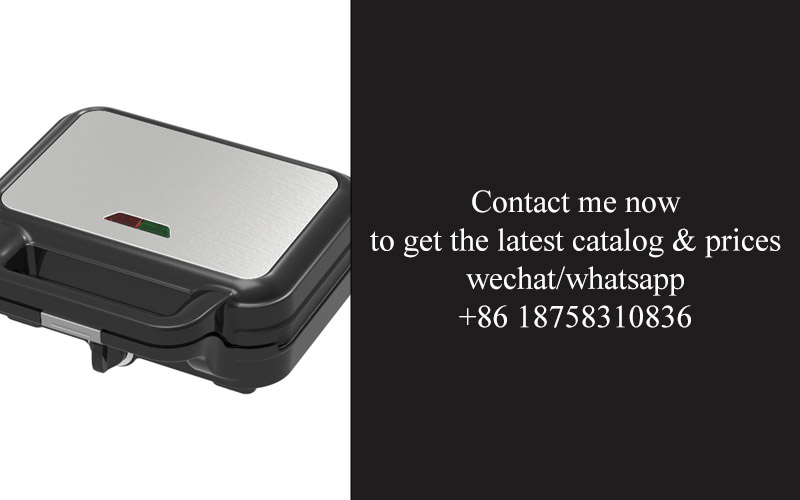
Consider the size of your kitchen and the storage space available when choosing a must machine. Compact models can be a better fit for smaller spaces.
Think about your daily needs. If you’re a fitness enthusiast, you might want a machine with multiple speed settings for different textures. For general use, a basic model with a few speeds might suffice.
The material of the must machine is important. Stainless steel is durable but heavy, while BPA-free plastic is lighter but may not be as long-lasting.
Ease of cleaning is crucial. Some models come with removable parts that are easier to clean, while others may require more hands-on cleaning.
Don’t forget to check the capacity of the must machine. A larger capacity can handle more ingredients at once, which is great for families or those hosting events.
Look for additional features that might enhance your experience, like a pulse function or a self-cleaning mode. These can add convenience and make the machine more versatile.
Lastly, consider your budget. While higher-end models may offer more features, there are many reliable and affordable options available that won’t break the bank.